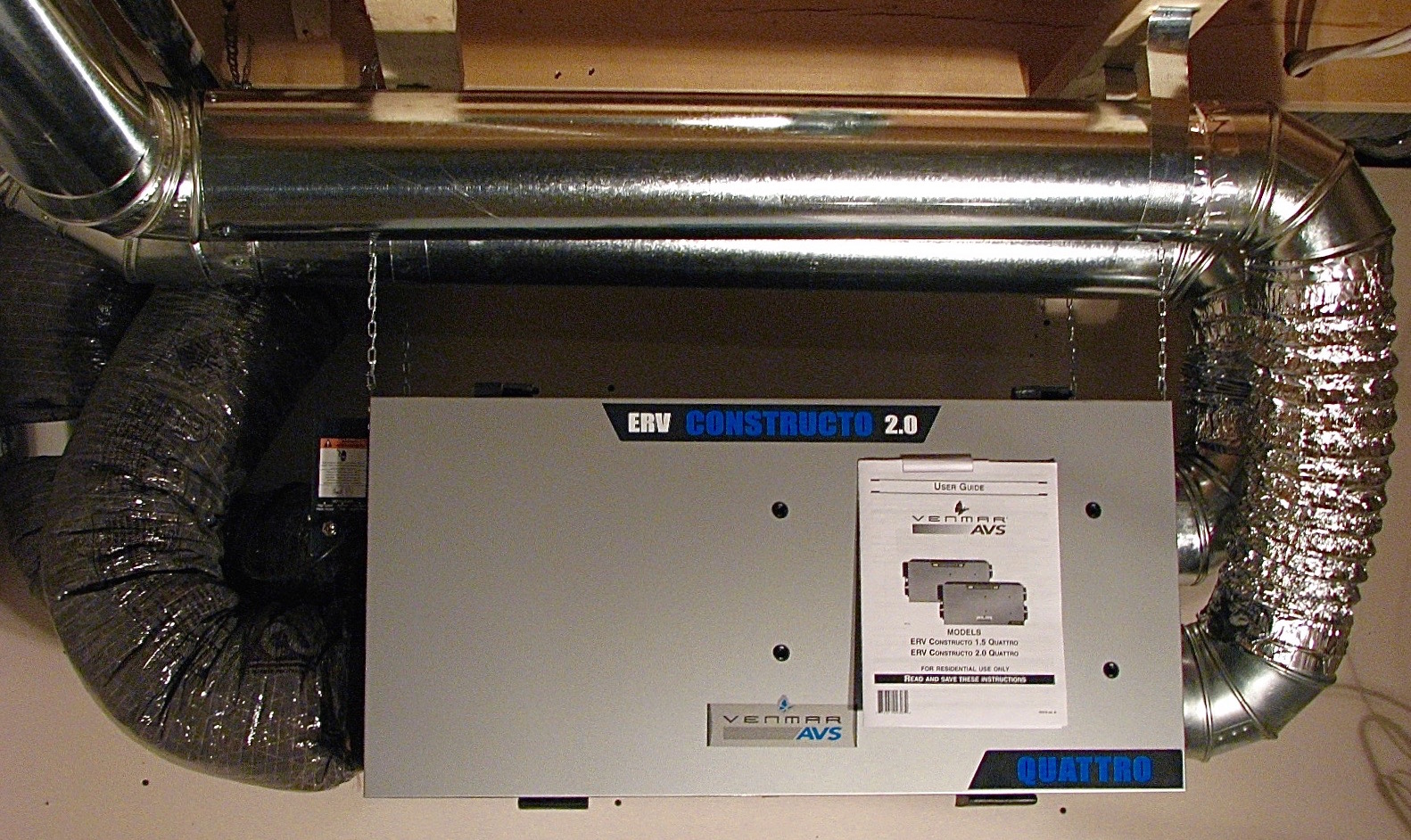The Next Generation of HRV in Energy-Efficient Home Design
Discovering the Benefits of Heat Recovery Ventilation for Power Performance in Homes
Heat Recovery Ventilation (HRV) systems provide house owners a useful strategy to improving power effectiveness. By reclaiming warm from outward bound air, these systems can significantly reduce home heating and air conditioning expenses. Furthermore, they offer a constant supply of fresh air, improving indoor air high quality and convenience degrees. As home owners take into consideration sustainable alternatives, comprehending the nuances of HRV systems becomes significantly essential. What aspects should one review prior to making such an investment?
Comprehending Heat Recovery Ventilation Solutions

How HRV Enhances Indoor Air Quality

Power Financial Savings: The Economic Advantages of HRV
Optimizing energy performance, heat recovery ventilation (HRV) systems offer substantial financial benefits for homeowners. By recouping and reusing warmth from exhaust air, HRVs noticeably reduce cooling and heating expenses. This modern technology can lead to power financial savings of as much as 30%, relying on climate and usage patterns. House owners commonly discover minimized utility costs soon after installation, making HRVs an economically wise investment in time. Additionally, numerous areas offer incentives or rebates for energy-efficient upgrades, further improving the financial allure. As energy costs proceed to climb, the cost-effectiveness of HRVs ends up being increasingly clear. Overall, the incorporation of HRV systems not just advertises power effectiveness however likewise adds to long-lasting economic savings for households.
The Environmental Impact of Heat Recovery Ventilation
A significant environmental benefit of heat recovery ventilation (HRV) systems depends on their capacity to minimize general power usage. By reclaiming warmth from exhaust air and transferring it to inbound fresh air, HRV systems minimize the requirement for energy-intensive home heating and cooling methods. This decrease in energy demand adds to lower greenhouse gas discharges, as less nonrenewable fuel source is required to keep comfortable interior temperature levels. Furthermore, HRV systems enhance indoor address air top quality by effectively exchanging stale air with fresh outside air, decreasing reliance on mechanical air conditioning systems that can damage the setting. Generally, the application of HRV systems sustains lasting living methods and aligns with international initiatives to fight environment change by promoting power performance in domestic setups.
Choosing the Right HRV System for Your Home
Exactly how can house owners assure they choose the ideal heat recovery ventilation (HRV) system for their requirements? They need to assess their home's dimension and design, as these factors influence air flow needs. Next, evaluating the system's efficiency rankings is crucial, as higher rankings indicate better efficiency and power cost savings. Home owners should additionally think about installment and upkeep expenses, comparing various brands and designs for value. Furthermore, it is essential to review sound degrees, as some systems operate more silently than others. Consulting with HVAC specialists can offer customized suggestions based upon details home problems. Taking a look at individual testimonials and service warranties can assist in making an educated choice, ensuring that the picked HRV system properly boosts indoor air quality and energy effectiveness.
Regularly Asked Questions

Exactly how Typically Should I Clean or Keep My HRV System?
The frequency of cleansing or preserving a warmth recovery ventilation (HRV) system normally relies on use and ecological variables. Normally, it is suggested to perform maintenance every six months to assure peak efficiency and air high quality.

Can HRV Solutions Help In Reducing Humidity Degrees Indoors?
HRV systems can effectively lower indoor moisture levels by exchanging stale, damp air with fresh, drier air from outside. HRV Heat Recovery Ventilation. This process assists preserve a balanced indoor setting, improving comfort and stopping moisture-related issues
What Is the Lifespan of a Common HRV System?
The lifespan of a typical heat recovery ventilation (HRV) system varies, generally lasting in between 10 to 15 years. Routine upkeep can extend its effectiveness and operational life, making sure peak efficiency throughout its use duration.
Are There Any Sound Issues With HRV Systems?
Sound interest in HRV systems can arise, particularly from follower operation. Numerous modern systems are created to decrease sound levels, guaranteeing they operate silently while maintaining efficiency, which addresses prospective disruptions in living environments.
Can I Set Up an HRV System Myself, or Do I Need a Specialist?
The private have a peek at this website contemplated whether to set up the heat recovery ventilation (HRV) system personally or hire a specialist. Normally, while do it yourself setup is possible, experience assurances appropriate capability and conformity with neighborhood building regulations, boosting system efficiency.